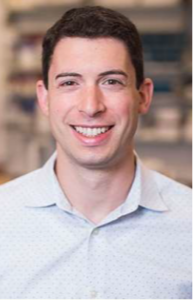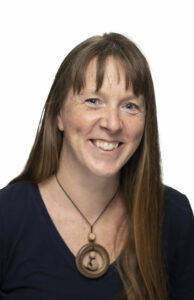 Ethan Lippmann, Associate Professor of Chemical and Biomolecular Engineering
Ethan Lippmann, Associate Professor of Chemical and Biomolecular Engineering
The majority of neurodegenerative diseases such as Alzheimer’s are incurable, and the incidence of neurodegenerative disease is expected to increase concurrently with worldwide life expectancies. The Lippmann lab combines principles from engineering, neuroscience, and regenerative medicine to model, understand, and ultimately treat neurodegeneration more effectively. For biological investigations, we regularly leverage simple cell culture models for mechanistic interrogations, followed by rigorous follow-up studies in 3D engineered systems that we build in-house, human tissue provided by clinical collaborators, and in vivo models of disease. We also seek to continuously improve our engineered platforms, techniques, and strategies that can be applied back to basic wet lab research, model development, and disease treatment.
 Janet Macdonald, Associate Professor of Chemistry
Janet Macdonald, Associate Professor of Chemistry
New inorganic materials are driving the green revolution in solar cell materials, battery components, and earth-abundant catalysts. The properties of inorganic materials are determined by the ratio of the elements present and how those atoms are arranged in space. One crystalline combination of two atoms may be a light absorbing semiconductor, but in a different arrangement, it might be a potent catalyst. How crystalline phase is determined when reagents are added together in synthesis is still a mysterious process. Being able to synthetically control how atoms are arranged in crystals is paramount to further technological advances across many fields, but especially in green energy. In the Macdonald group, our interdisciplinary group of chemists and materials scientists discover the chemical principles that go into how atoms arrange to form different types of crystals in the flask. In addition to the characterization tools of a materials scientist, X-ray crystallography and electron microscopy, we also use techniques borrowed from an unlikely place: organic chemistry. Like organic chemists, we use very carefully designed organic precursors, consider molecular reaction mechanisms and students can often be seen deep in the basement NMR facility, watching how molecular precursors break down and transform into crystals in solution. Through this process, the Macdonald group is discovering the very fundamental rules of crystal formation previously known only to nature.